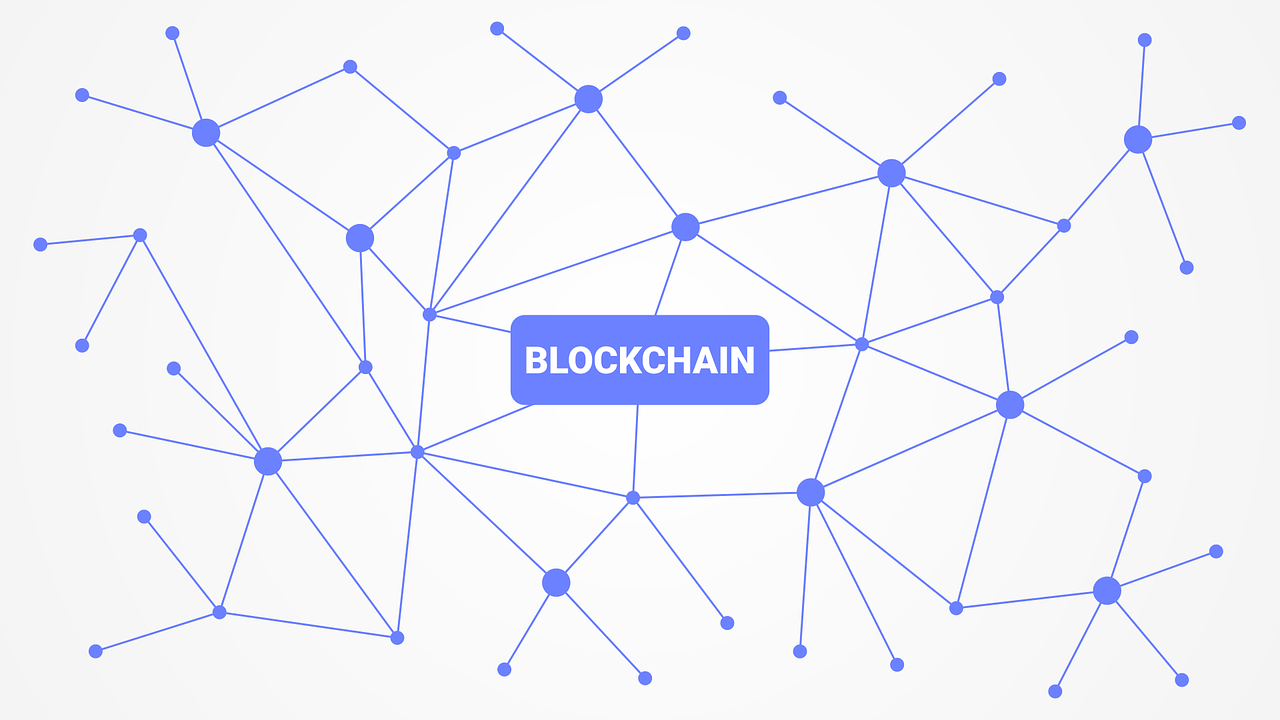Blockchain simplified: What you need to know

More people are increasingly becoming aware of blockchain because of the growing popularity of cryptocurrencies like Bitcoin, Etherium, and, more recently, Dogecoin. But how exactly do blockchain work, and what is to stop someone from tampering with them? More people must understand how blockchain work because, in the future, their ability to secure digital data can be used in tax collections, medical records, and even e-notaries.
Here we’ll cover what a blockchain is and its potential uses with plain English, leaving out all the techy details often lost in translation for everyday people just trying to learn what it is.
What is a blockchain?
In its simplest form, a blockchain is a distributed ledger. Each block is “chained” because they have a unique hash with the identities of the blocks that come before and after, meaning that any changes to a block will make it incompatible in the chain. This makes it incredibly difficult to tamper with blockchain and is why they have been touted as a completely secure form of online data storage.
Online security is increasingly becoming an important topic as cyber threats continue to become more sophisticated and more of our personal information is stored online. Industries are also highly incentivized to create more secure digital platforms as the average data breach can cost companies $3.86 million.
Looking inside a block
There are three main components to a block: the data, hash, and chain. The data stored inside of the block will depend on the purpose of the blockchain. In Bitcoin, for example, the data stores transactions, the value of the coin, and who it was sent to.
The next component, the hash, is a unique identifying marker. You can think of a hash like a fingerprint. The hash contains unique data of the block before it and after it, so if you were to tamper with it, this would break the chain.
The chains are a little more self-explanatory. Each block doesn’t exist independently and relies on the context of other blocks to make sense. Remove the block from the chain and it loses all of its value, but it can be restored when synced to blocks stored across the vast decentralized network. This translates to added security and greater transparency for all users.
Where does all the data go?
Data from blockchain are stored on a P2P network that everyone with blockchain has access to. In other words, the data exists across a vast decentralized network hosted by its various users all around the world. This adds another layer of security to prevent data from being tampered with because it needs to match the chains of the millions of other servers out there. The only way to tamper with a blockchain successfully is to control over half the servers where the data exists — a nearly impossible task.
The key here is that once you make a transaction or add a block to the chain, it’s sent out to everyone in the network, and it automatically updates their ledgers. If someone were to make a fraudulent change to their individual ledger, it would immediately be identified after being cross-examined with the millions of copies on separate networks.
The benefits of using blockchain for data storage
- Secure
- Decentralized
- No third parties required
- Transparent
- Removes human involvement
- Alternative to other means of secure data storage
This list covers some of the basic benefits of blockchain, but in the future, there will be more as blockchain are increasingly used in more areas and new technology continues to add more layers of security. There are good reasons why major companies like IBM, Pfizer, and Tesla have taken an increasing interest in applying the technology in areas like supply chains, security, and contracts. We are still finding new ways to use blockchain and make them more secure.
Blockchain have many built-in mechanisms to defend against cyber-attacks and restore data if it is ever corrupted.
More than just Bitcoin
What is the future of blockchain? Almost every major industry is finding new ways to use the advantages of blockchain to provide users more transparency, reduce costs, red tape, and data security. Everything from banking to the medical industry can use this technology to fundamentally change the way we interact with the digital world and uphold a new standard of convenience for everyone.
Most things we think of as too sensitive for digital applications like voting, banking, or contracts can be changed entirely by these blockchain, making these essential services more accessible to the general public.

Recent Comments